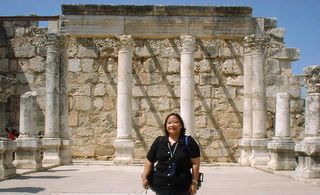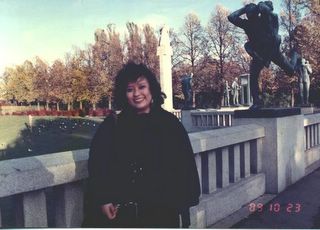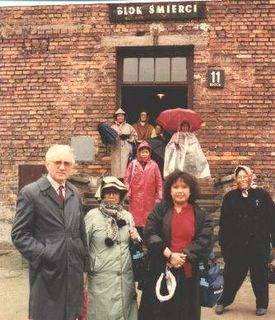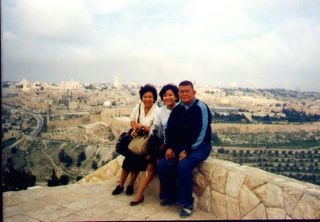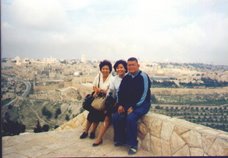Berlin Wall
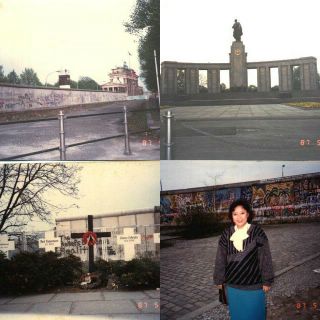
Berlin Wall 
Built in 1961, the Berlin Wall is the single most important symbol of Germany's former division. We were fortunate to still have seen the wall two years before it was torn down in 1989.
The Berlin Wall was a long barrier separating West Berlin from East Berlin and the surrounding territory of East Germany. Its intent was to restrict access between West Berlin and East Germany.
During the Wall's existence there were around 5,000 successful escapes into West Berlin; 192 people were killed trying to cross and around 200 were seriously injured. Early successful escapes involved people jumping the initial barbed wire or leaping out of apartment windows along the line. These quickly ended.
Other successful escape attempts included 57 people who escaped through a 145 metre long (475 feet) tunnel dug by West Berliners, on October 3, 4 and 5, 1964; and two escapes made by sliding along aerial runways (one by two men, one by a family). One man drove a very low sports car underneath a barricade. One of the last escapes occurred when two men flew fixed wing ultralights across the Wall to rescue their brother.
The most notorious failed attempt was by Peter Fechter who was shot and left to bleed to death in full view of the western media, on August 17, 1962. The last person to be shot trying to cross the border was Chris Gueffroy on February 6, 1989.
Lower left photo shows cross markers where bodies of people who have unsuccessfully escaped were buried.
Photo above right, is the Brandenburg gate. The Brandenburg Gate is a triumphal arch (a structure in the shape of a monumental gate, usually built to celebrate a victory in war), the symbol of Berlin, Germany. Located on the Pariser Platz, it is the only remaining one of the series of gates through which one entered Berlin.
